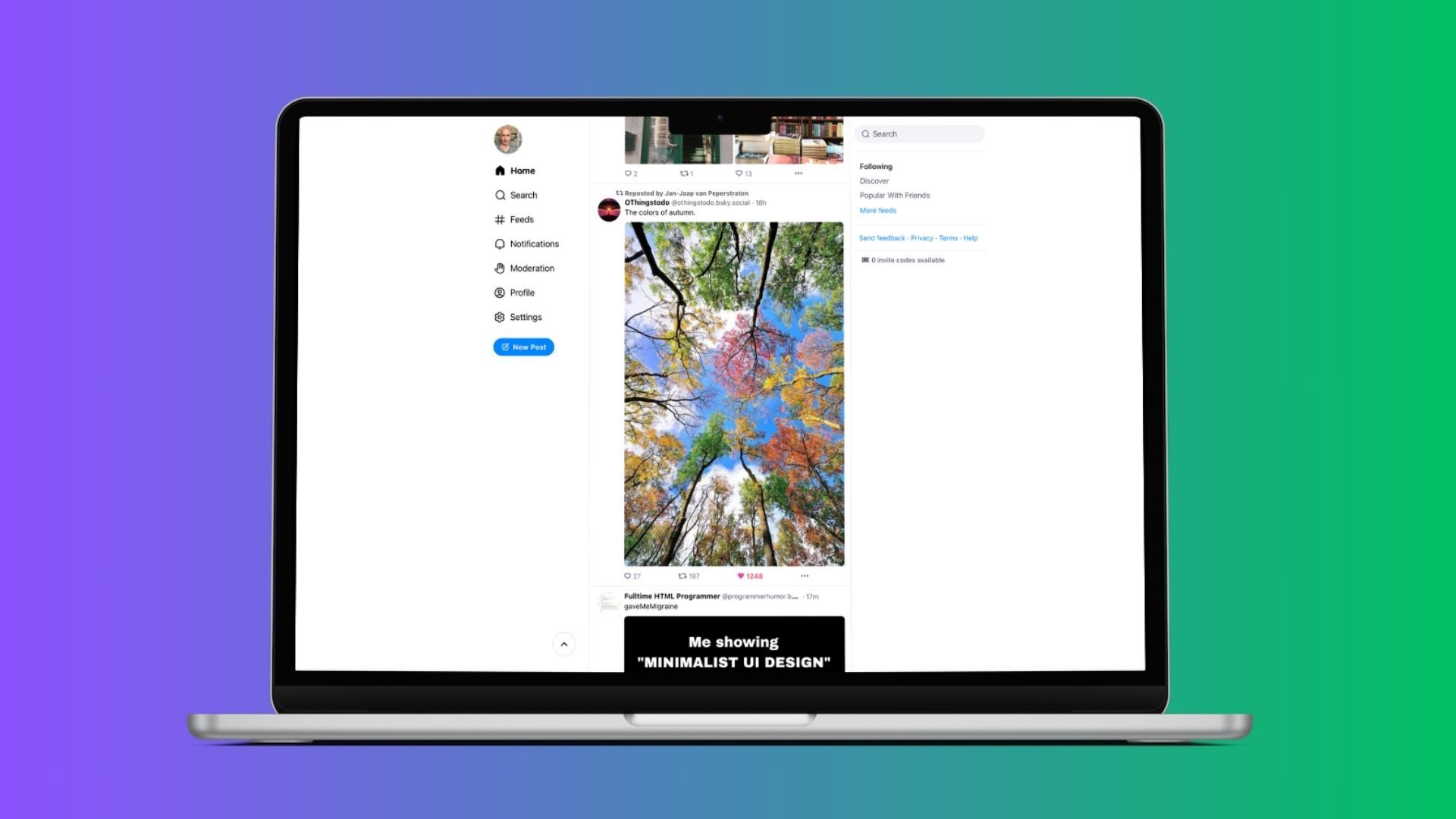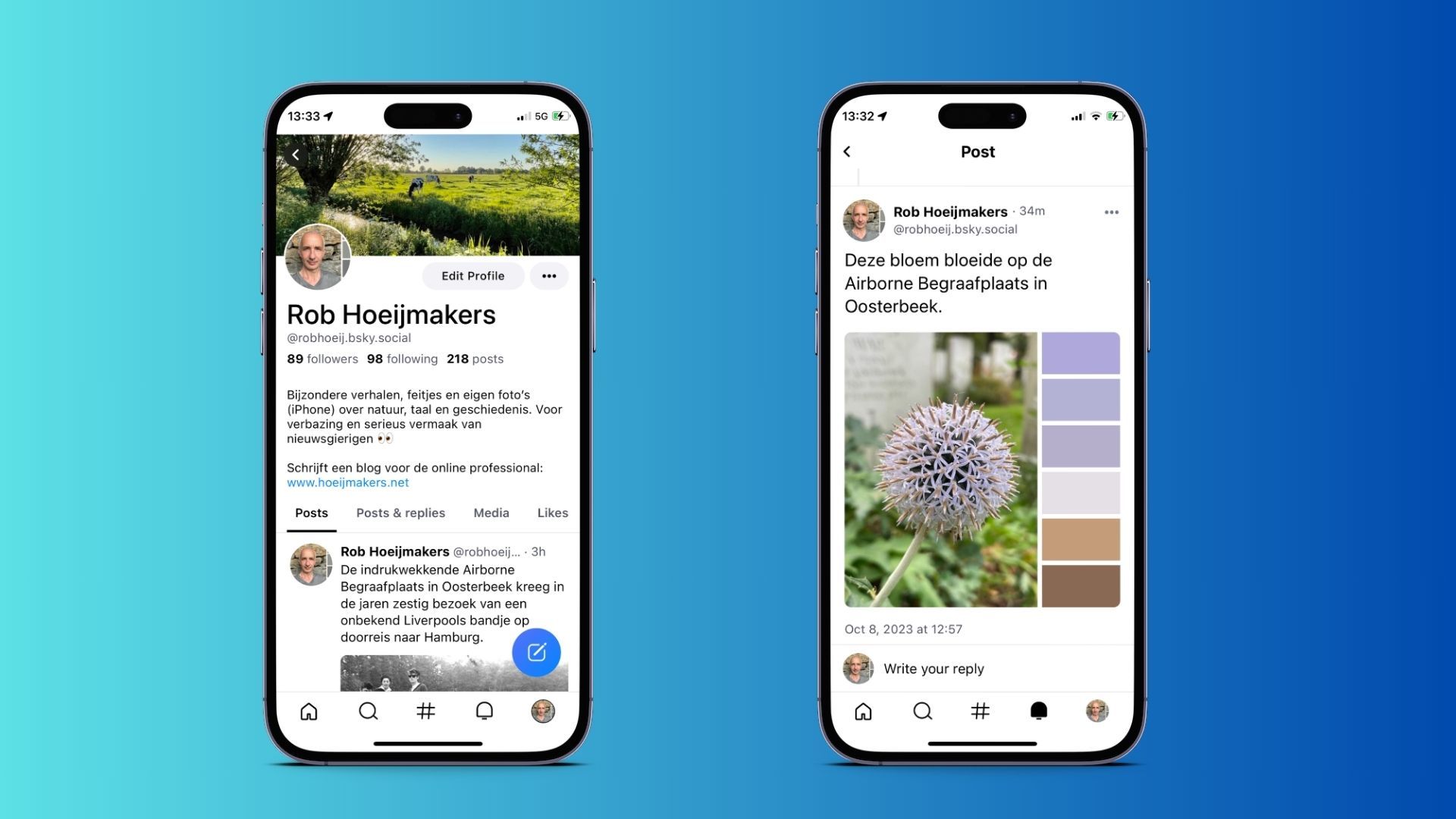Navigating BlueSky
Renting space on BlueSky? Get to know your digital landlord and the groundbreaking rules shaping the future of social interaction.

In the digital age, we've become accustomed to residing in virtual spaces, much like tenants in the real world. Every social media platform we join is a digital home, and like any responsible tenant, it's crucial to understand both the landlord and the rules governing our online abode.
In this article, we'll explore the world of BlueSky, a social media app that's changing the game, and we'll emphasize the importance of knowing the rental boss and the rules before moving in.
Meet Your Digital Landlord: BlueSky
BlueSky, often dubbed as the next frontier in social media, is not your typical digital landlord. Founded with a unique vision, BlueSky is more than just a social media platform; it's a pioneering force in reshaping how we engage and interact online.

The vision and mission of BlueSky
At the heart of BlueSky lies a profound mission: to transform the way social media works, making it more open, decentralized, and user-centric. Unlike traditional social networks, where a small group of people control everything, BlueSky aims to return power to the users and creators.
The driving force behind this transformation is the AT Protocol, a groundbreaking open-source framework for building social apps. It standardizes user identity, follows, and data, allowing for interoperability among apps and easy migration between platforms. Think of it as a passport for the digital world, giving you the freedom to move between digital cities while taking all your belongings—your data and connections—with you.
The AT Protocol gives portability
The AT Protocol empowers users, developers, and communities. It breaks the chains of centralized social networks, where leaving often means starting from scratch. With the AT Protocol, account portability is a reality. Imagine moving to a new city without leaving your friends and possessions behind. This is the essence of account portability, one of the most significant differentiators of apps built on the AT Protocol.
In addition to account portability, BlueSky is working on algorithmic choice and composable moderation, giving users even more control and transparency over their online experience.
Who's in charge?
BlueSky is not just another faceless corporation. It's a Public Benefit Corporation, owned by Jay Graber and the Bluesky team, with Jack Dorsey and Jeremie Miller serving on the board. This unique structure underscores BlueSky's commitment to its mission of open and decentralized public conversation.
Bluesky PBLLC, the company behind Bluesky Social, is exploring multiple revenue models for its platform. While specific details have not been disclosed, potential monetization avenues include advertising and a paid subscription component.
The Relationship with Twitter
BlueSky's journey began as a project initiated by Jack Dorsey during his tenure as Twitter's CEO in 2019. Jay Graber was chosen to lead BlueSky, and Twitter supported its development as an open social protocol. However, in late 2022, Twitter and BlueSky chose to go their separate ways. BlueSky continued its mission independently, focusing on "developing and driving large-scale adoption of technologies for open and decentralized public conversation."
Not yet DM's, polls and video's.
How to join BlueSky
As of now, BlueSky has welcomed thousands of users onto its platform, and it plans to grow steadily while preserving a focus on protocol development and fostering healthy conversations. The invite system is a key part of this strategy, with invites distributed based on existing users' trustworthiness and contributions to the community.
To join BlueSky, sign up for the waitlist at bsky.app. While some may offer invite codes for sale, it's essential to exercise caution, as legitimacy cannot always be guaranteed.

Moderation: Prioritizing User Safety and Control
BlueSky's approach to moderation is innovative and multi-faceted. It incorporates automated filtering, manual admin actions, and community labeling. Users and services can define and apply labels to content, giving them control over their experience. This approach aims to strike a balance between user safety and individual control over content.
Your Digital Space, your responsibility
In a world where our online presence is as real as our physical existence, understanding the digital spaces we inhabit is important. Just as you would research a landlord before renting a physical apartment, it's essential to know your digital landlord and the rules of engagement on any online platform.
BlueSky stands at the forefront of this digital change, offering a new way to experience social media—one that empowers users and promotes openness. By understanding BlueSky's vision, structure, and unique features, you can make an informed decision about your digital tenancy, ensuring a fulfilling and safe online experience.
I am on X (@robhoeij), Threads and BlueSky (@hoeijmakers.net). I share stories, trivia and my iPhone photography. About nature, language and history. And who knows do I meet you there.
BlueSky and Mastodon differ in their core approaches; BlueSky primarily concentrates on developing the AT Protocol for decentralized social apps, with the Bluesky app as an illustration, while Mastodon is a well-established decentralized social media platform with a community-driven, federated network of instances.
The choice between them hinges on whether you prefer a protocol-first approach with the potential for greater decentralisation or a fully functional decentralised social platform with a diverse user base and community-driven governance.



